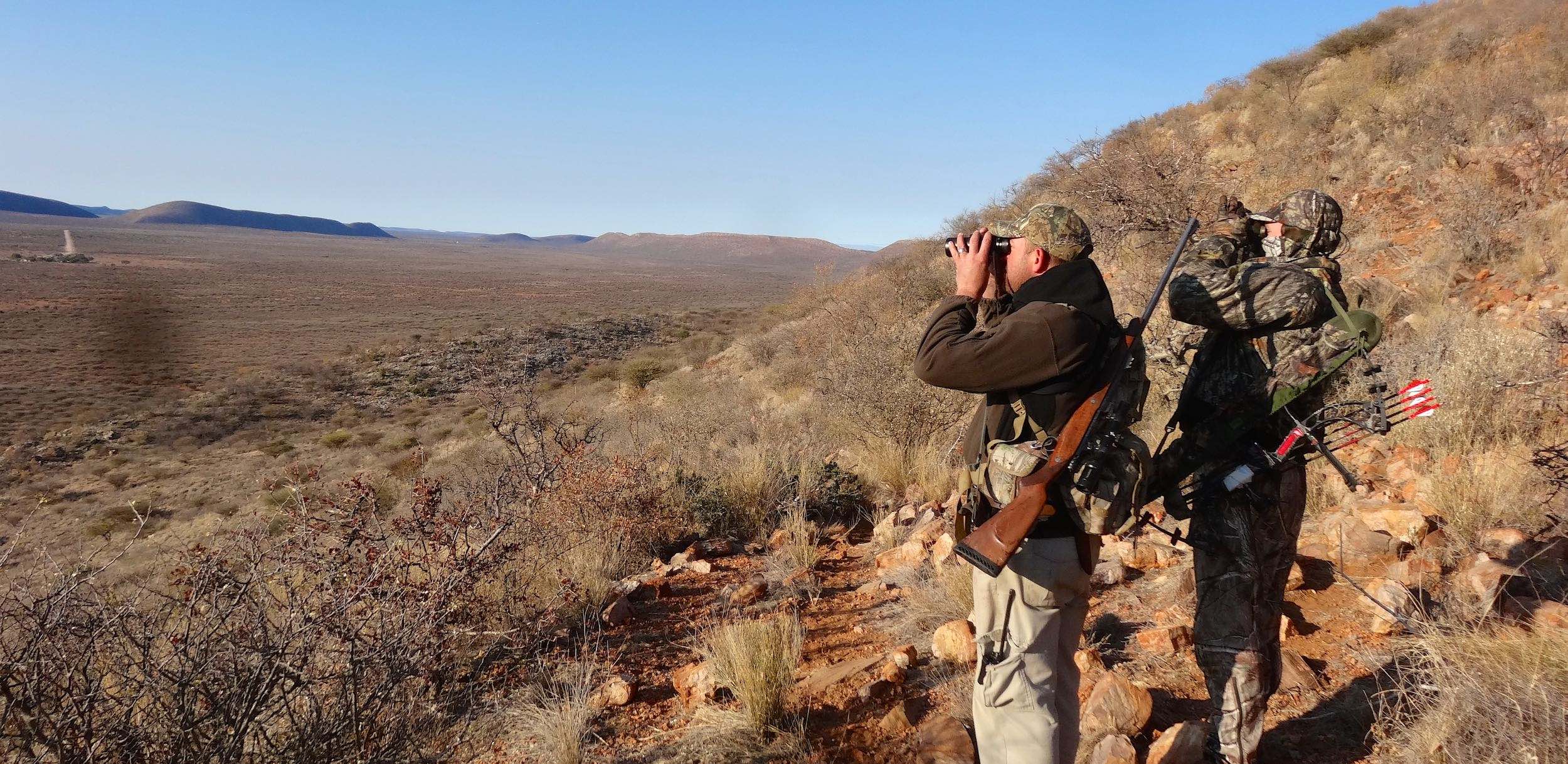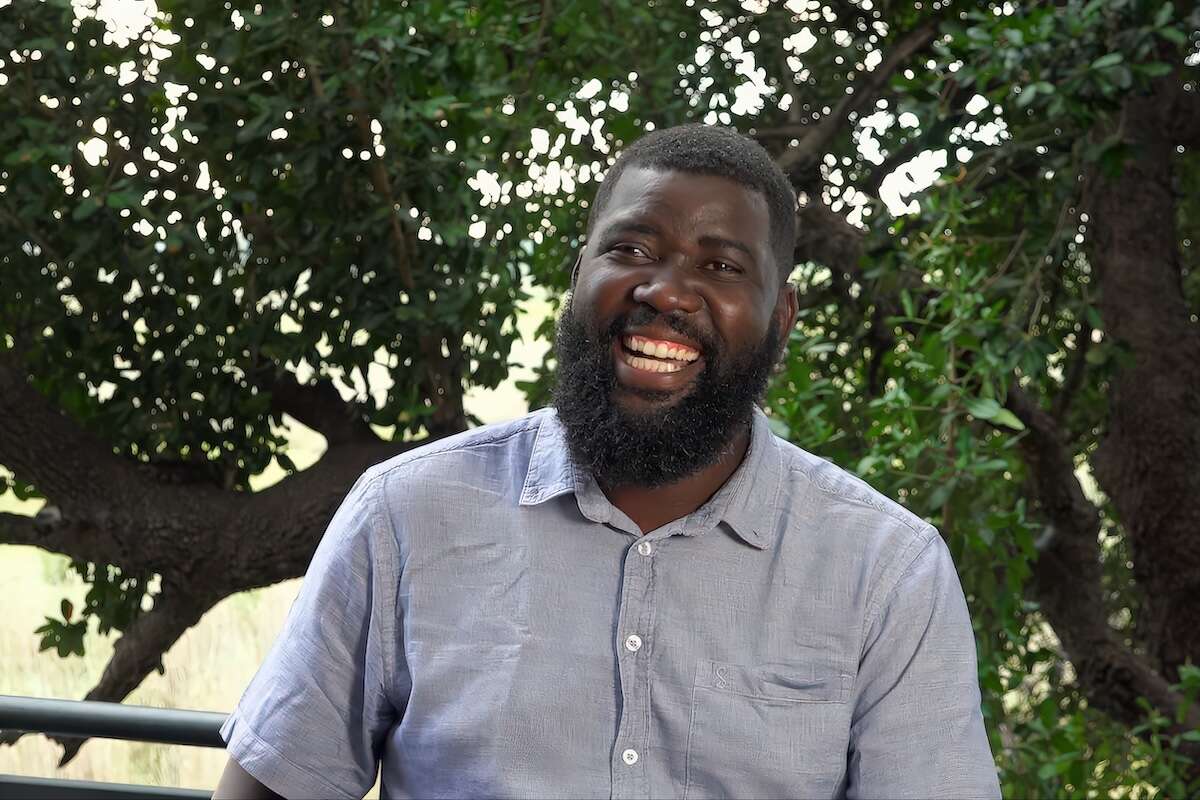
What is conservation hunting?
Hunting in Africa takes many forms, including subsistence hunting for the pot, commercial meat harvesting and hunting for trophies where clients pay for a hunt and only keep certain parts of the animal (the rest is usually eaten by local residents). Hunting is also used to reduce herbivore impacts on rangelands, particularly in fenced areas. While motivations for hunting vary among hunters, the key concerns for the host country are: a) Does the practice fit in with the country’s overall wildlife conservation goals? b) Are the proceeds from hunting supporting local livelihoods? c) Does the manner in which animals are hunted address welfare concerns? This factsheet focuses on point b) – the socio-economic aspect of hunting in Namibia.
In Namibia, hunting that meets all three criteria is called conservation hunting, although the term is particularly applied to foreign hunting clients who take trophies home. This type of hunting is highly selective (taking only 1% of the national herd), generates over 10 times more income per animal harvested than meat harvesting, and provides meat as a by-product. Conservation hunting occurs on both communal and freehold land. Although hunting is managed differently on these different land types, the overall goal is to provide a tangible value for wildlife to those living on the land as this motivates land-holders to conserve wild animals and their natural habitat. It is especially important that Namibian hunting outfitters and professional hunters introduce their foreign clients to the precepts of conservation hunting and how well managed hunting contributes to Namibian people and wildlife.
What is the current and future socio-economic benefit of conservation hunting?
Conservation hunting has a key role to play as part of Namibia’s sustainable development goals outlined in Vision 2030, particularly Objective vi): “Ensure the development of Namibia’s ‘natural capital’ and its sustainable utilisation, for the benefit of the country’s social, economic and ecological well-being.”
Within communal conservancies, conservation hunting contributed about N$34.5 million in the form of cash and meat income in 2018, which accounts for 23.4% of the revenue earned by conservancies for this year period . Most of the income goes towards paying the salaries of community game guards, whilst the meat is an important source of protein for poor community members. Income generated from hunting is especially important for new conservancies that have not built up enough infrastructure and/or wildlife populations to support photographic tourism. Hunting nonetheless remains an important source of cash and meat even in established conservancies that also have photographic lodges.
A report published in 2015 estimated that N$350 million is generated from trophy hunting alone on freehold Namibian farmlands. According to a survey on freehold land, about 69.3% of farmers who allow hunting on their land rely exclusively on this form of income; the remainder use rely on both wildlife- and livestock-based income. Mixed cattle-wildlife farms employ double the number of people compared to cattle only farms. According to the Ministry of Environment, Forestry and Tourism, the hunting industry in Namibia creates 15,000 jobs on communal and freehold land and within support industries like taxidermy.

Economically, wildlife has a competitive advantage over livestock in areas of low rainfall (i.e. < 800 mm per year), which describes all of Namibia. Climate change predictions for Namibia reveal that the country will become drier still, making livestock farming increasingly difficult. This trend indicates the need for the agriculture sector to move towards using indigenous wildlife that is better suited to Namibia’s arid climate than domestic livestock.
The wildlife sector is also more economically diverse than the livestock sector, as it can move beyond simply meat production by offering value-addition activities such as conservation hunting or eco-tourism operations. A profile of Namibian agricultural production in 2006 estimated that the wildlife-based economy was worth nearly two times as much as livestock and crop production combined. These service-based industries also have a much greater potential for growth and employment creation than agricultural primary production-based industries.
How can Namibians get involved in the conservation hunting industry?
The Namibia Professional Hunting Association (NAPHA) plays a key role in supporting and marketing best-practice conservation hunting in Namibia. With a 46-year history, this voluntary Association for Professional Hunters, Hunting Guides, Hunting Assistants and individuals as well as businesses with a vested interest in the hunting profession, NAPHA currently has about 350 members. The Association is recognised by the Ministry of Environment, Forestry and Tourism (MEFT) as the official representative of the selective (trophy) hunting sector in Namibia.
NAPHA liaises and cooperates with accredited hunting associations worldwide and is instrumental in providing input on wildlife legislation, habitat protection and conservation issues relating to sustainable utilisation, amongst others. NAPHA furthermore advocates sensible use of social media platforms amongst its members and is committed to training and education to support development and growth of the Namibian nation.
The Ministry of Environment, Forestry and Tourism (MEFT) is collaborating with NAPHA, the Namibian Chamber of Environment and other relevant stakeholders to produce a Conservation Hunting Best Practice Guide. This Guide will provide detailed regulations and guidelines that layout how hunting and game management should be conducted in Namibia. The Code of Conduct and regulations produced in this document will become mandatory for all hunters to abide by while hunting in the country.
For articles on similar topics, please click one of the following options:
If you enjoyed this page, then you might also like:



We use cookies to monitor site usage and to help improve it. See our Privacy Policy for details. By continuing to use the site, you acknowledge acceptance of our policy.